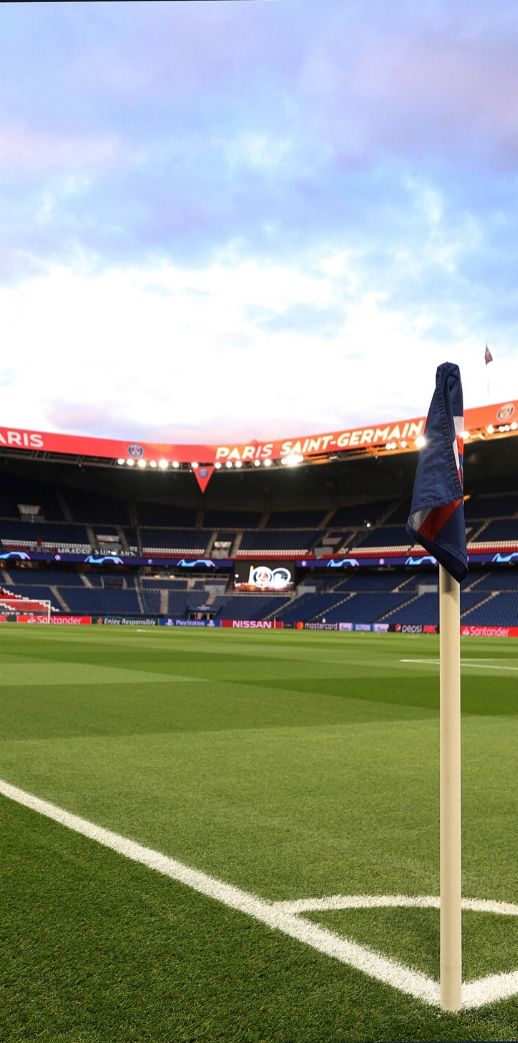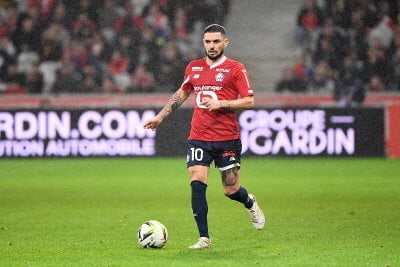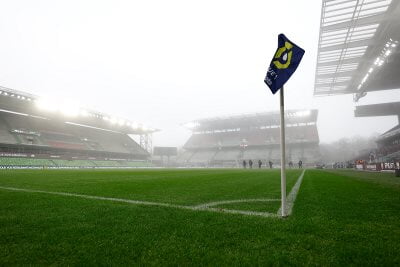In the first of our series looking at the homes of French football, Ligue1.com takes you to the Parc des Princes, a stadium with a rich history and which remains one of the most atmospheric venues in Europe.
Take a walk around the outside of the Parc des Princes and you will be struck by the murals depicting great Paris Saint-Germain players of the past, from George Weah to Pauleta and Zlatan Ibrahimovic. Look up and you will see the distinctive form of the ribs jutting out around the sweeping concrete roof that covers the stadium and its almost 48,000 seats. Inside, recent refurbishment has spruced up the seats, in the red and blue colours of PSG, and seen more VIP sections added. Situated a short distance across the River Seine from the Eiffel Tower, close to French Open tennis venue Roland Garros and across the road from its little sister, the Stade Jean-Bouin rugby venue, the Parc des Princes may not be the biggest stadium on the continent, but it remains one of the most impressive, both when empty and when packed to the rafters on a matchday, when the noise of the crowd can be deafening.
In terms of history, though, the Parc des Princes is unrivalled, having hosted some of the biggest games in club and international football. It has been home to PSG since 1974, and they have gone on to play more than 1,000 matches there, but there has been a stadium on the site in the plush 16th arrondissement of western Paris since 1897. Its name is derived from the fact the site was once a hunting ground used by members of the royal family in the days before the French Revolution. Initially it was a velodrome, and for much of the 20th century it welcomed the finish to the last stage of the Tour de France, while the French national team played its first ever home international at the Parc des Princes against Switzerland in 1905.
Crowning moments for Di Stéfano, Platini and Yashin
A new, expanded Parc des Princes opened in 1932 and hosted matches at the 1938 World Cup. It was also the venue for the very first final of the European Cup - a competition initiated by France’s leading sports daily, L’Equipe - as the Real Madrid of Alfredo Di Stéfano beat the mighty Stade de Reims of the era 4-3 in front of more than 38,000 fans. Two years later, the final of the first European Championship - another French idea - was played here as the Soviet Union of Lev Yashin beat Yugoslavia 2-1 in extra time.
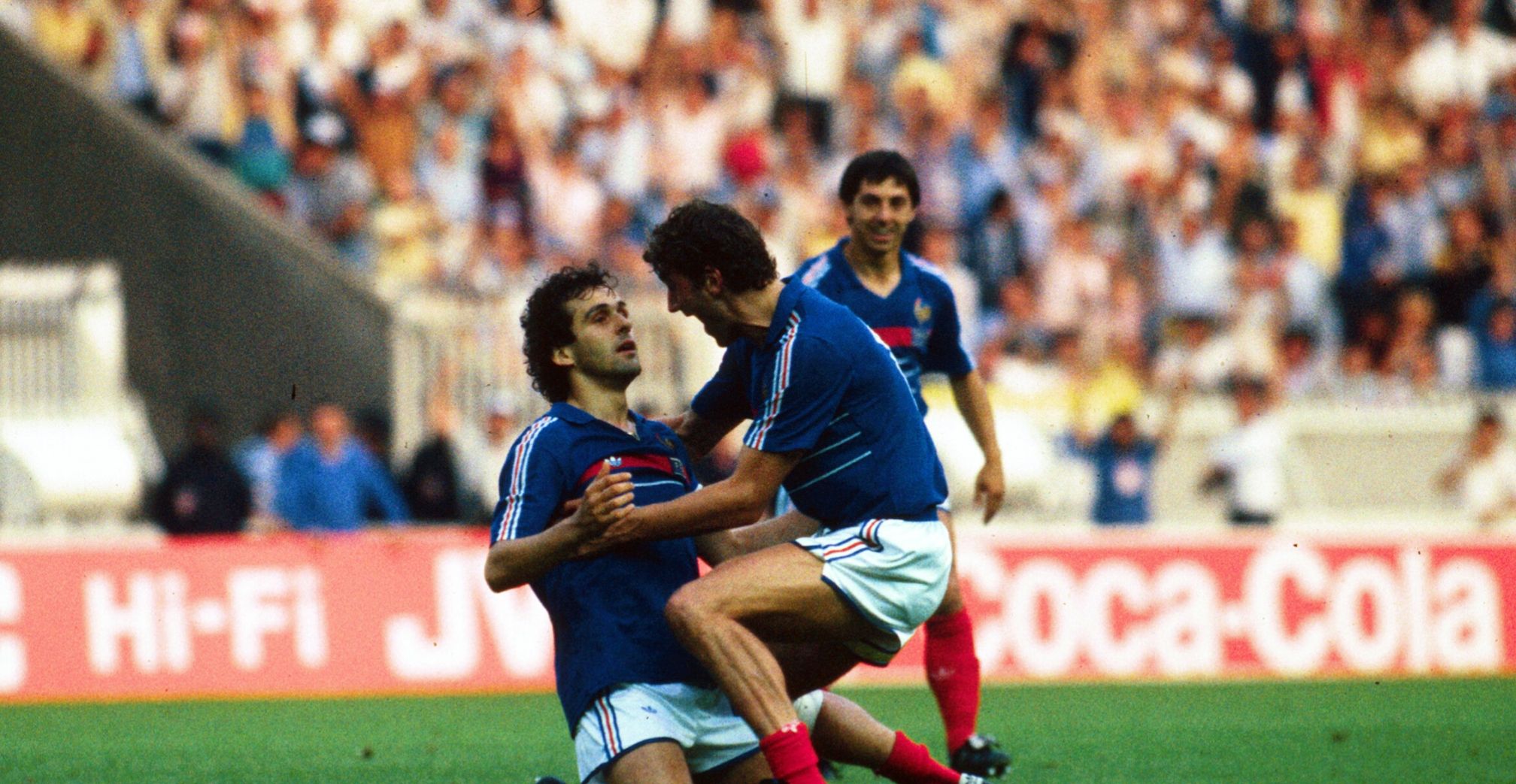
Work on the modern version of the stadium began in 1967 and was completed in 1972. It has since gone on to host another European Championship final, when Michel Platini’s France side beat Spain 2-0 to win Euro 1984 as hosts, and countless more European club finals. Among them, the 1981 European Cup final when Alan Kennedy’s goal gave Liverpool a 1-0 win over Real Madrid, the 1995 Cup Winners’ Cup final when Nayim’s last-gasp lob gave Real Zaragoza victory over Arsenal, and the 1998 UEFA Cup final in which Ronaldo scored as Inter Milan defeated Lazio 3-0. There have been matches at the 1998 World Cup, Euro 2016 and last year’s women’s World Cup too.
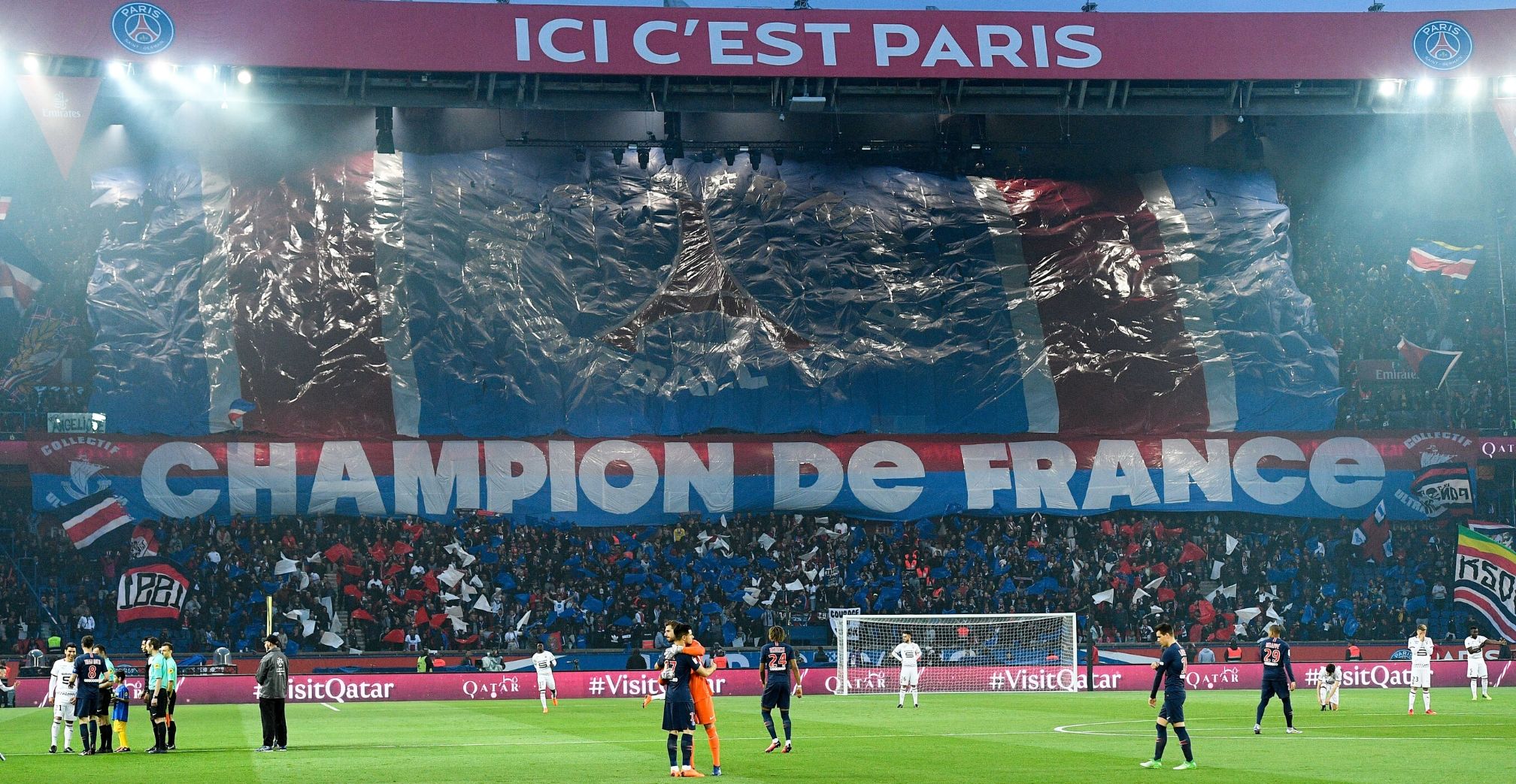
'Like Notre Dame'
So much history. As Roger Taillibert, the architect of the modern stadium who died last year at the age of 93, put it: “The stadium is now part of the city’s heritage, like Notre Dame. When I hear what the players and the fans say when I go to the Parc des Princes, everyone tells me it’s magical. It’s known around the world.”
The new stadium was inaugurated in 1972 and that year it began to host the Coupe de France final, which it continued to do until the Stade de France opened in 1998. PSG, meanwhile, played their first match at the stadium in November 1973, beating local rivals Red Star 3-1 with Othniel Dossevi - a Togolese-born literature teacher - going down in history as scoring their first ever goal there. They moved in permanently the following year, having won promotion to the top flight under the stewardship of France World Cup legend Just Fontaine, who suffered a minor heart attack during the celebrations.
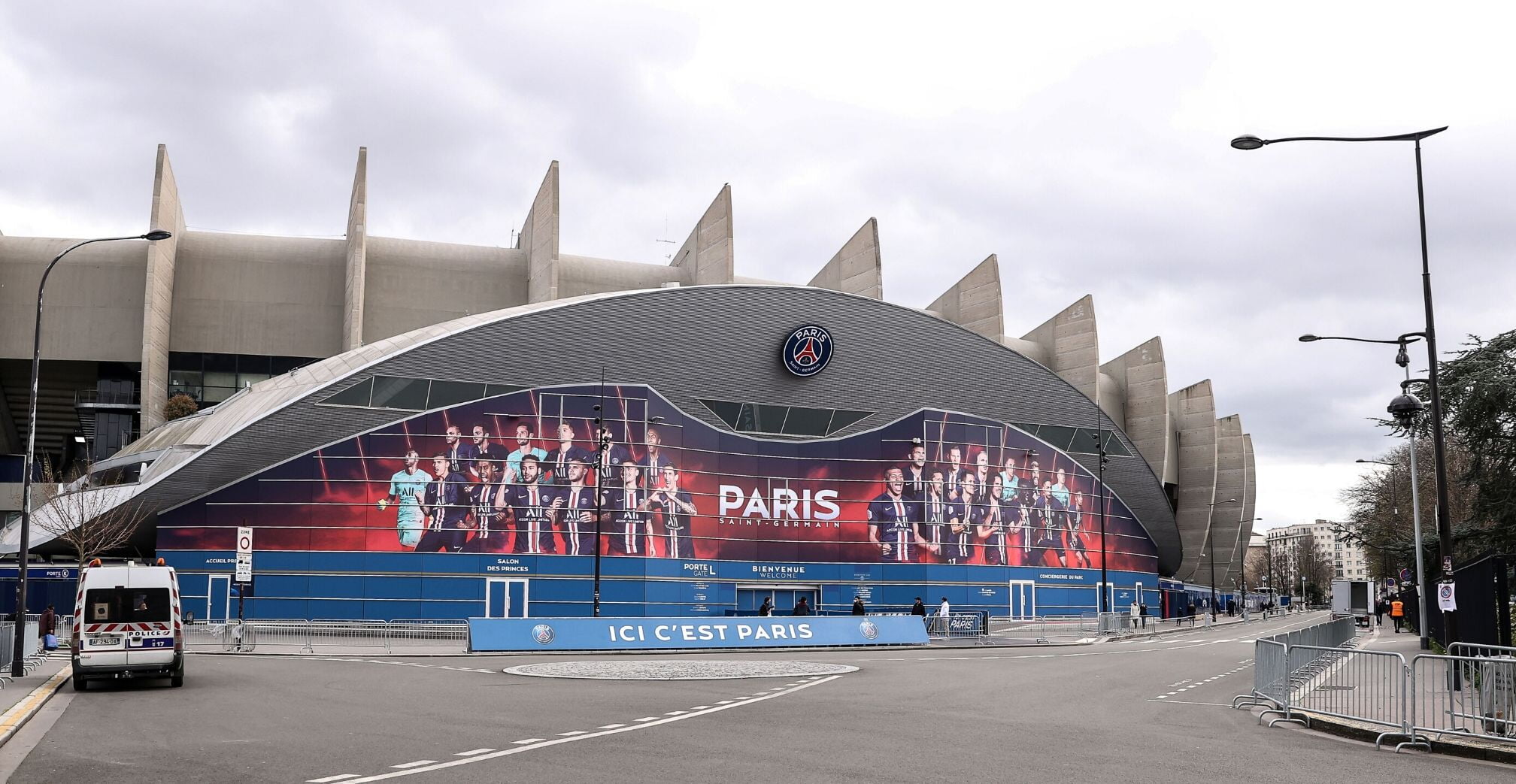
Future plans
PSG have been there ever since, at the Parc and in Ligue 1. They have won eight French titles, six of them in the last seven years. Their first four Coupe de France final victories came on their home ground, as did their win over SC Bastia in the final of the first ever Coupe de la Ligue in 1995. There have been great European nights too, possibly the greatest of them all coming against Real Madrid in 1993. Trailing 3-1 from the first leg in the quarter-finals of the UEFA Cup, PSG won the return 4-1 to qualify for the semi-finals in the most dramatic fashion thanks to Antoine Kombouaré’s late, late goal. “It was a once in a lifetime moment. There were wild scenes of joy. I was in a trance,” said Kombouaré years later as he remembered the scenes of celebration.
Of course the current enforced hiatus caused by the coronavirus pandemic means the last game played at the Parc des Princes remains PSG’s Champions League win over Borussia Dortmund behind closed doors on March 11. But football will return to the Parc des Princes, and plans are afoot for the future - the stadium is due to host football when Paris welcomes the Summer Olympics in 2024 and there are ongoing plans to increase the capacity of the stadium to 60,000. “The next decade is in front of us, and for Paris Saint-Germain it will be the decade of great projects, from the construction of our new training centre to the planned expansion of the Parc des Princes,” said PSG president Nasser al-Khelaifi recently. Certainly, the future will see more history written at the Parc.

